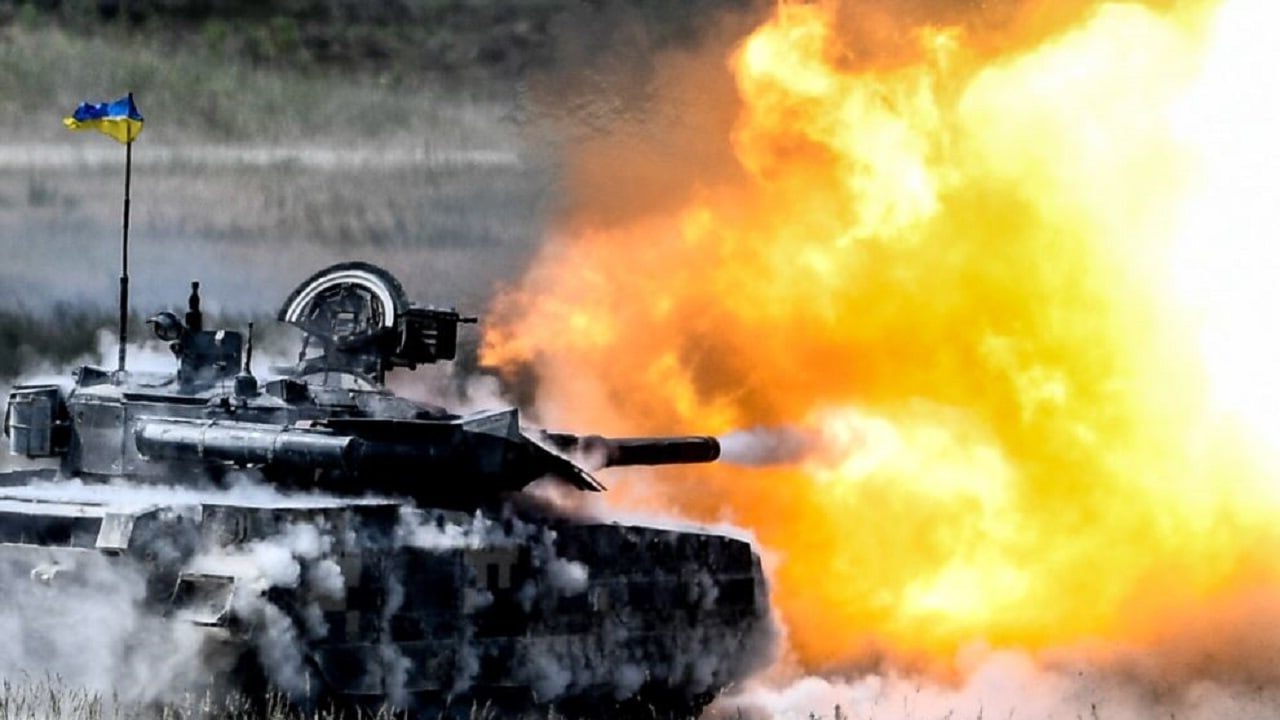Why Has Russia’s War Against Ukraine Been So Difficult? A little over 100 days ago, Russian President Vladimir Putin launched the biggest war that Europe has seen since the end of World War Two. Now, more than three months later, the outlook for the war is as different as it could be from when it started.
100 Days
On Friday, the 100th day anniversary of the invasion, the British Ministry of Defense came out with a long assessment of what the Russian military has and hasn’t achieved in over three months of war.
“Today marks the 100th day since Russia’s invasion of Ukraine. Russian forces failed to achieve their initial objectives to seize Kyiv and Ukrainian centres of government. Staunch Ukrainian resistance and the failure to secure Hostomel airfield in the first 24 hours led to Russian offensive operations being repulsed. Following the failure of the initial plan, through false planning assumptions and poor tactical execution, Russia adapted its operational design to focus on the Donbas,” the British Military Intelligence stated.
The renewed Russian offensive in eastern Ukraine and a change of tactics have at last brought some tactical success for the Kremlin. Using mass long-range fires, the Russian forces are making slow and deliberate gains in the Donbas.
“Russia is now achieving tactical success in the Donbas. Russian forces have generated and maintained momentum and currently appear to hold the initiative over Ukrainian opposition. Russia controls over 90% of Luhansk Oblast and is likely to complete control in the next two weeks,” the British Ministry of Defense assessed.
But these tactical successes come at a high cost in manpower and materiel.
“Russia has achieved these recent tactical successes at significant resource cost, and by concentrating force and fires on a single part of the overall campaign. Russia has not been able to generate manoeuvre or movement on other fronts or axes, all of which have transitioned to the defensive,” the British Ministry of Defense added.
“Measured against Russia’s original plan, none of the strategic objectives have been achieved. In order for Russia to achieve any form of success will require continued huge investment of manpower and equipment, and is likely to take considerable further time,” the British Military Intelligence concluded.
In the backdrop of these failures, Russian officials publicly state that Moscow is committed to its “special military operation” and will see it through till its goals in Ukraine have been achieved. Those goals, of course, had to be brutally revised, and now the Kremlin’s goals are mainly focused in eastern and southern Ukraine with a particular focus on the Donbas.
Last week, Kremlin spokesperson Dmitry Peskov said that “one of the main goals of the operation is to protect people in the DNR and LNR. Measures have been taken to ensure their protection and certain results have been achieved.”
Russian Casualties
Throughout this period, the Russian forces have suffered extremely heavy casualties that would have been unimaginable before the war.
The Ukrainians are claiming to have killed more than 30,000 Russian troops and destroyed thousands of tanks, infantry fighting vehicles, armored personnel carriers, and other vehicles.
In addition, the Russian officer corps has been particularly hit, with approximately 13 flag officers, 29 colonels, 52 lieutenant colonels, and 9 Navy captains killed in action, while scores more have been arrested or suspended, including at least 150 intelligence officers from the FSB domestic intelligence service.
1945’s Defense and National Security Columnist, Stavros Atlamazoglou is a seasoned defense expert specializing in special operations, a Hellenic Army veteran (national service with the 575th Marine Battalion and Army HQ), and a Johns Hopkins University graduate. His work has been featured in Business Insider, Sandboxx, and SOFREP.

